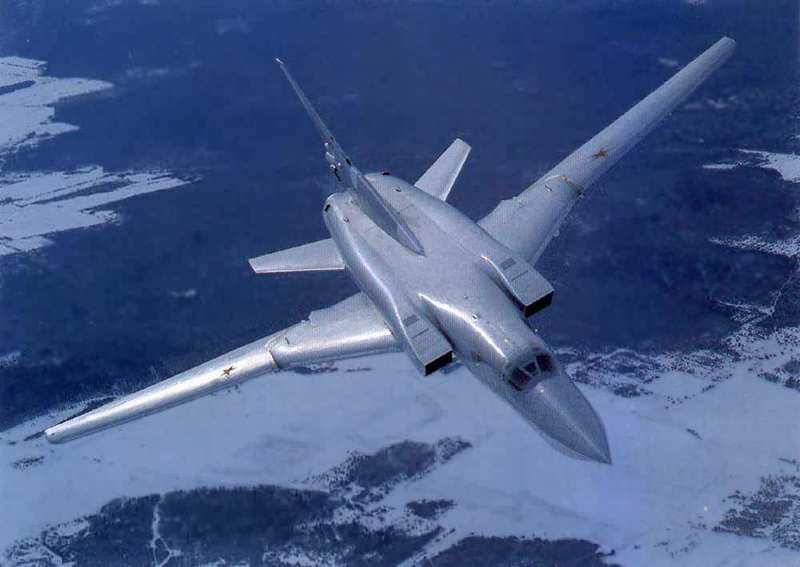The Long War – Russia’s LCS
Say hello to Russia’s LCS.
Commissioning this year, this is the lead ship of what may eventually be a twenty-ship class designed for the Russian Navy by the "Severnaya Verf" shipyard in St. Petersburg in December 2001. Although two years late in reaching commissioning status, others that follow are expected to be joining the fleet at the rate of one per year for the next 5 years and at a faster pace prior to 2015 as productive capacity picks-up. This class (Project 2038) was part of the start that marked a change in ship design and production for the Russian Navy in the 21st century. Design requirements for this type stipulated that it must:
- have a cruising range of up to 10,000 miles;
- have an endurance of up to 60 days;
- have facilities to carry out electronic monitoring of warships, vessels and aircraft;
- have small boats to carry inspection teams;
- carry a helicopter;
- have facilities to monitor the environment;
- be armed to fire warning shots and conduct fire for effect against trespassers;
- chase intruder ships at a speed of 20 to 25 knots;
- have equipment to reel in and store illegal fishing equipment on board;
The lead ship of the class is the Steregushchiy ("Guarding"), named for the torpedo boat of the same name that was sunk by two seaman rather than surrender to the surrounding Japanese forces during the Russo-Japanese War in 1905. Smaller by 24 ft and lighter by 700 tons than the US Navy’s LCS, the Steregushchiy is powered by marine diesels rather than gas turbines and employs a fixed, albeit heavy, weapons suite. The hull incorporates signature reduction features as does the superstructure, but it is not slavishly devoted to the pursuit of stealth. It is armed with:
- 8 x SS-N-26 anti-ship missiles,
- 3 x eight-round SA-N-9 anti-aircraft missile launchers,
- 1 x 100mm gun,
- 2 x 30mm Gatling guns,
- 4 x 15.75-inch torpedo tubes,
- 2 x four-round SA-N-8 anti-aircraft missile launchers.
Looking at the preliminary speed and weapons configuration and comparing to those planned for LCS it is apparent that on a 1:1 basis, the Russian corvette comes up short. But does it? To date, the US LCS is beset with cost and schedule overruns, has not had a single design settled upon and is plagued by questions about it’s modular approach to the weapons system, especially the ASW module. Per unit cost is projected at $300M. Conversely, the Steregushchiy has suitable speed for the environment and manner it is expeced to operate, a heavy ASUW and ASW weapons battery (it is light on AAW though), is significantly less costly at a projected $60M per copy and incorporates easier to maintain systems and powerplants. Think "export" – as Russia seeks to expand her arms sales abroad, the Steregushchiy could prove to be a readily exportable (and capable) platform for a variety of nations ranging from China, to Iran, to India and Indonesia, to name but a few potential customers. Iran in particular, with its aging Saam-class frigates, would seem a likely first customer.
So Pops, did we do okay with your slavedriver "mentoring" assignment for the weekend? We wanted to title it "The Steregushchiy: Coming to a Littoral Near You" but YOU would probably have said it was ‘too cute.’ -SJA #3




Lools like a “Little Capable Ship”, on time and on budget, you know, like an FFG with missile launch capabilities, that doesn’t have to turn broadside to put an innefective 3″ round in you.
-SJBill
8 SS-N-26s, eh? I tell you, the more I look at the ships the Russians and Chinese are building, the more loudly two words echo though my head: saturation raid.